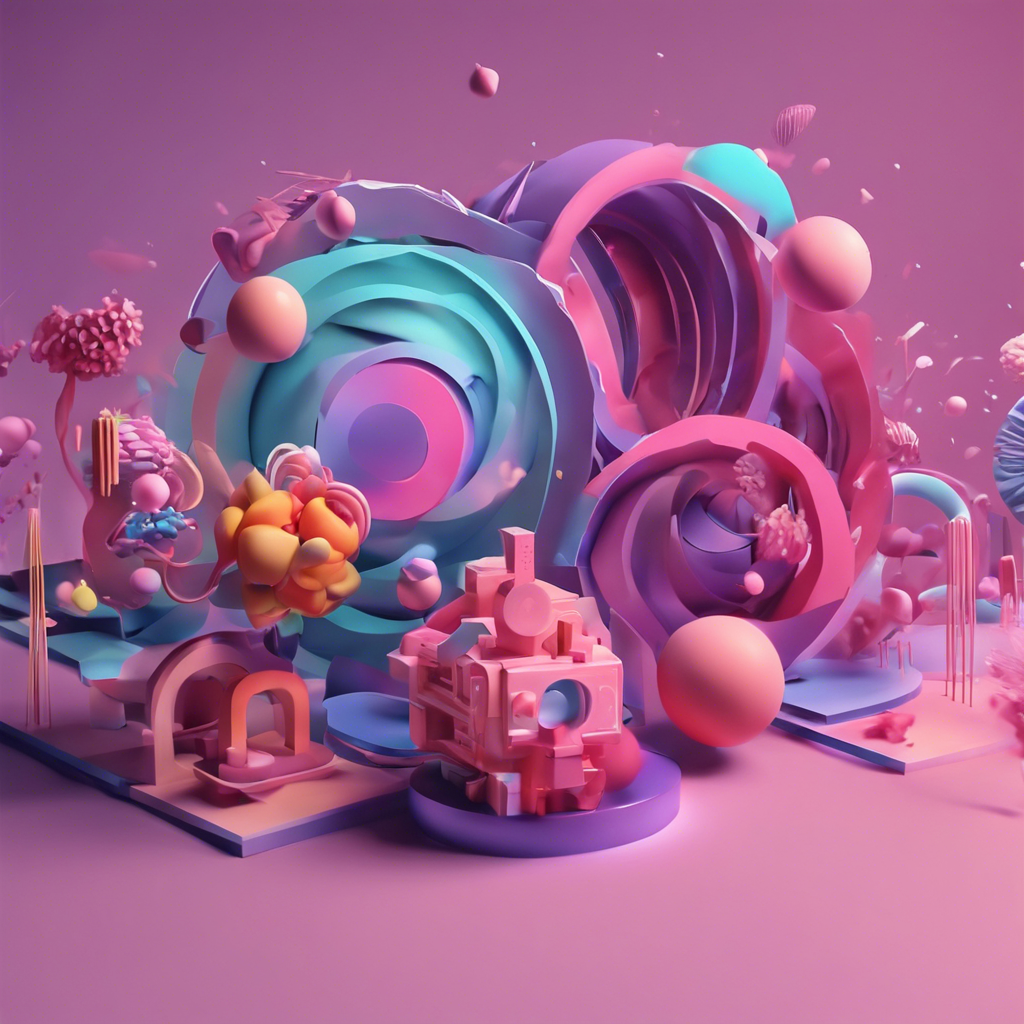Is 3D motion design hard?
Is 3D Motion Design Hard? A Closer Look
Introduction
As motion design continues to evolve, 3D animation has become an essential skill for designers. But is it hard to learn? In this article, we'll explore the popularity of 3D design, where it's used, and why mastering it is crucial for anyone in the field.
Why Is 3D Design So Popular?
If you've never used a 3D application before, you might wonder what the hype is all about. Let me share my personal experience. Early in my career, I focused on 2D motion graphics using After Effects. However, around 2006, 3D animated logos started gaining prominence in broadcast media. Suddenly, my boss wanted me to create a fully 3D logo animation for our station. That was no small task!
We turned to Cinema 4D due to its integration with Adobe products. Within hours, I was modeling, texturing, and animating the ABC news logo. Working in 3D felt incredibly freeing. The full spatial freedom and powerful toolset allowed me to work faster than ever before. Procedural animation, real-world physics simulations, and cloning objects became second nature. It was like playing a video game that fueled my creativity.
Where Is 3D Design Used Today?
The short answer: everywhere! Artists and designers have embraced the third dimension with passion, leading to an explosion of incredible animation. Here are some areas where 3D design shines:
- 3D Animation (Broadcast and Motion Graphics): From TV commercials to show intros, 3D animation is a staple in the industry.
- Previsualization: Architects, filmmakers, and game developers use 3D to visualize their projects before execution.
- Product Design: Creating realistic product visualizations and prototypes.
- Architectural Design: Modeling buildings, interiors, and landscapes.
- Visual Effects (VFX): Explosions, creatures, and other mind-bending effects.
- Non-Fungible Tokens (NFTs): The digital art world has embraced 3D NFTs.
Learning 3D Motion Design
Ready to dive into 3D? Here's a learning path to get you started:
- Master the Software: Learn popular tools like Cinema 4D or Blender.
- Design Basics: Understand design principles.
- Animation Fundamentals: Dive into motion principles.
- Advanced Techniques: Explore lighting, texturing, and more.
Remember, 3D motion design may seem challenging at first, but with practice and the right resources, you'll unlock a world of creative possibilities. So go ahead—embrace the third dimension and elevate your motion design game! 🚀
Sources:
- Why You Should Learn 3D as a Motion Designer
- 3D Motion Design and Next-Level AI Animation Techniques
- The Power of 3D in Motion Design: Techniques and Tools
Discover more from EMD
Subscribe to get the latest posts to your email.
